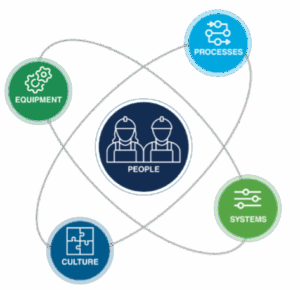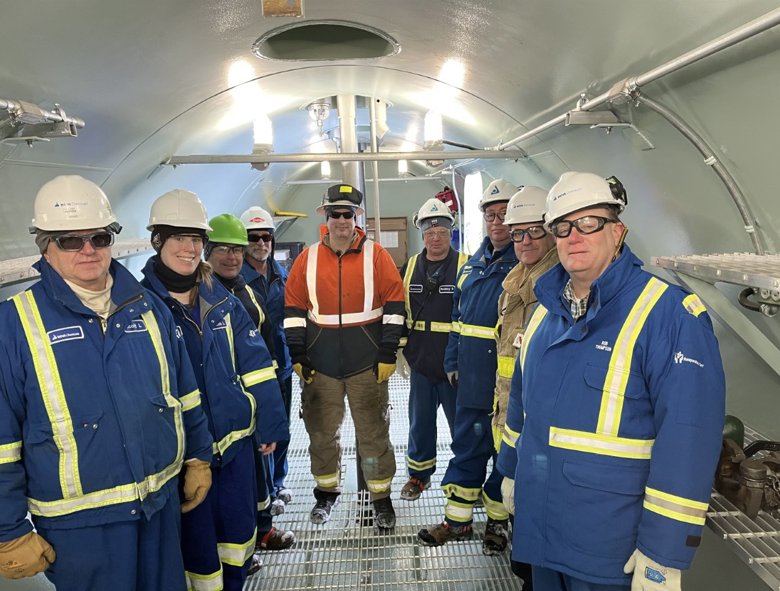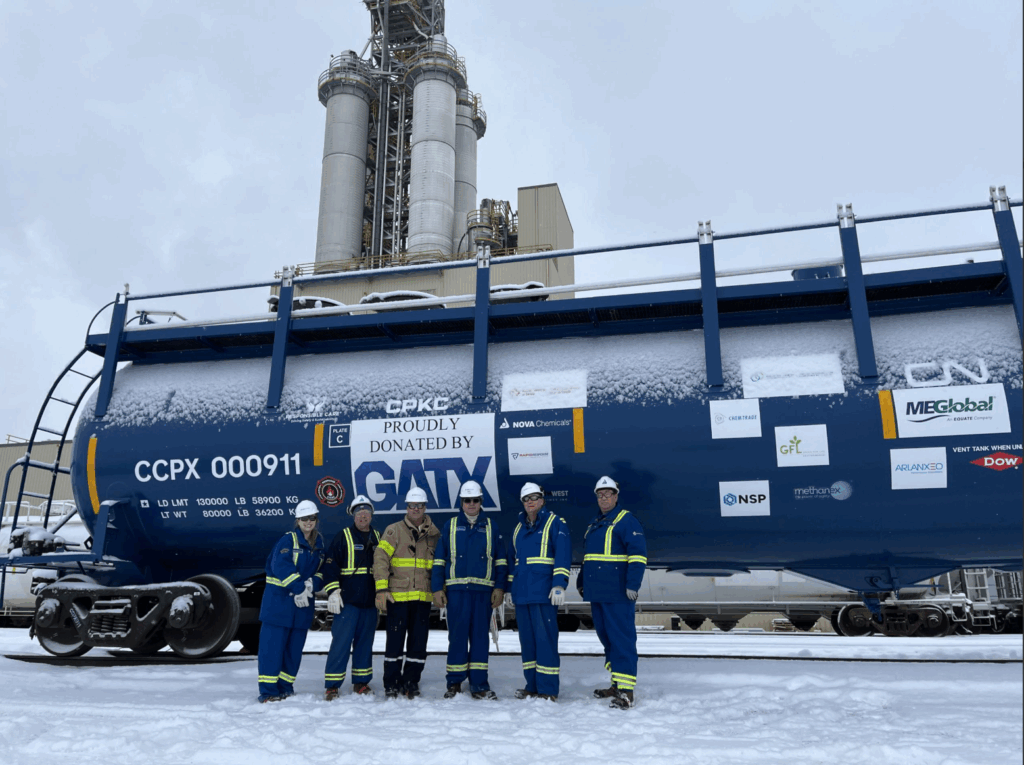Responsible Care
Driving safety & sustainability in the chemical industry
Driving safety & sustainability in the chemical industry

Since its inception in 1985, Responsible Care® has represented the chemistry industry’s unwavering commitment to health, safety, and environmental performance. The ethic and principles of Responsible Care are embedded in our strategy, practices, and aspirations, and we are proud to be a founding member and leader in this space.
Our success depends on understanding and respecting the needs of those directly or indirectly impacted by our operations. We welcome input from the public and encourage you to email us at care@novachem.com.
Read our CIAC Verification Report.
Read our Supplier Code of Conduct.
Safety and Wellbeing
Fostering a culture of Human & Organizational Performance
We are committed to building a strong Responsible Care and safety culture where we:
- Learn from both successes and failures
- Engage employees at all levels
- Drive continuous performance improvement
Our goal is an injury-free workplace where every worker returns home safely. In 2023 we introduced Human & Organizational Performance (HOP) to build capacity and learn to fail safely. By 2025, HOP became a top organizational priority, with mandatory training and designated HOP champions across our company.
We manage and mitigate occupational health and safety risk through strong preventative programs, including:
- Fatigue risk management
- Hazard recognition and prevention
- Fitness-to-work programs
- Standardized occupational health practices across all locations.

We are also committed to the anticipation, recognition, evaluation, and control of chemical, biological, and physical health hazards that may be present in the workplace.
Transportation and Process Safety Management
Encouraging safe and responsible operations
Our approach to process safety management is proactive and prevention focused. We use a combination of industry-leading practices and tailored solutions to minimize the risk of incidents that could impact people, operations, or the environment. We also collaborate with like-minded companies to improve understanding and address process safety risks.

We ensure the safe handling and transport of:
- Plastic pellets
- Intermediate chemicals (e.g., butadiene and propylene)
- Raw materials and hazardous waste
- Other goods
To support chemical transportation safety, we:
- Ask carriers to conduct self-assessments on their handling, routing, security, and other safety concerns, and
- Use industry-leading vendors to obtain third-party evaluations.
We operate the largest privately owned railyard in North America, with just under 90 kilometres of track and capacity to house nearly 2,300 railcars. We’ve celebrated more than a decade of zero Non-Accident Releases – unintentional releases of hazardous materials during transportation, excluding derailments or collisions – during rail transport across North America.
We are also registered partners of the U.S. Customs-Trade Partnership Against Terrorism and the Canada Border Services Agency Partners in Protection program.
Partners are encouraged to use our:
- Hopper Car Unloading Checklist (Online)
- Hopper Car Unloading Checklist (Print)
- Spill Response Checklist
Emergency Preparedness
Prevention, preparedness, response, recovery
The safety of our people, operations, environment, and communities where we operate is foundational to NOVA. We develop and maintain comprehensive emergency response plans at both the corporate and site levels, which are regularly reviewed, tested, and updated and include:
- Clearly defined roles and responsibilities
- Decision-making protocols
- Resource mobilization strategies
- Communication procedures
We regularly conduct:
- Scenario-based drills at our manufacturing sites, including facility-specific inspections and simulations, and
- Joint exercises with local public safety authorities to ensure alignment and readiness across all levels.
Our NOVA Chemicals Logistic Emergency Response Team (NOVAlert) provides 24/7 transportation emergency support and is a key part of our Emergency Response Assistance Plan (ERAP), which covers all commodities shipped to and from our facilities across all modes of transportation.
We are proud partners of TRANSCAER® (Transportation Community Awareness and Emergency Response), a North American voluntary outreach initiative that promotes community safety response training. Through TRANSCAER, we share best practices, engage with local responders, and support emergency preparedness training.
Did You Know?
In Alberta, we operate our own licensed ambulances under a special agreement with Alberta Health Services. In the event of an emergency where we are in the best position to do so, these ambulances, alongside our fire response capabilities, will respond to neighbours within a five-kilometre radius of our Joffre Site.


All Aboard the Safety Train
In 2025, TRANSCAER celebrates 40 years of enhancing transportation safety and community preparedness. To give back, NOVA Chemicals advocated for our Manufacturing West Site to be TRANSCAER’s home-base for developing its new training railcar, Safety Train CCPX 911.
Essentially a classroom on wheels, the Safety Train plays a key role in TRANSCAER’s outreach events to deliver hands-on, real-world training to emergency responders and communities across Canada.
After 16 months of work, NOVA, TRANSCAER, and partner GATX completed the construction and welding of this 40,980-kilogram railcar, equipped with equipment and items for display and teaching.
Product Safety
Responsible operations and design
Our product safety programs are built on transparency, risk management, and responsible decision making – from raw material selection and product design to distribution, use, recovery, and end-of-life.
We actively promote Operation Clean Sweep to prevent plastic resin loss and protect waterways. Our goal is zero pellet loss across the plastics value chain.

We support the global Responsible Care initiative through our memberships in the Chemistry Industry Association of Canada and the American Chemistry Council. These partnerships reinforce our commitment to providing the public with product safety and hazard information.
To learn more, explore our Safety Data Sheets, Product Hazard & Risk Information, and other Product Safety Information.



